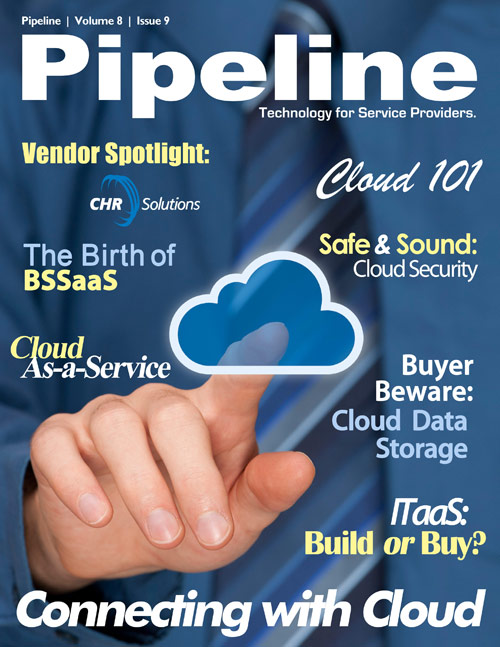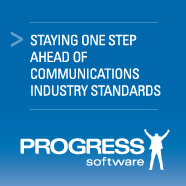Room for Improvement:
"The fact is that if service providers don't nail the business model for their cloud service, the technology becomes utterly irrelevant," proclaims Jeff Yoshimura, Zuora. "Bottom line: the most successful providers of cloud services are ones that make it easy for the customer to get the services they want, how they want them, and when they want them."
Attempting to be everything to everyone is not going to work. By studying market trends, two needs emerge that CSPs can refine in order to better position their cloud offerings.
- Self-Service: The days of making a call to a technician in order to provision a service are quickly coming to an end. Improving the self-servicing abilities of cloud solutions is a step in the right direction, and providing a self-service trial portal is even better, says Yoshimura, Zuora. Right now, says Brian Kracik, of Oracle, "the level of complexity is dictating the degree of self-service. A CSP offering a more complex SaaS for ISVs requests that an email or phone call be made to obtain the service, thus not meeting the NIST self-service requirement for cloud."
- Virtualization: A recent white paper from Forrester detailing the private cloud market uncovered a surprising fact: "Most enterprises aren't really ready for the full capabilities of a private cloud because their virtualization management isn't mature enough." In other words, 80 percent of the 1,037 IT decision makers surveyed said their top priority was to consolidate IT infrastructure via server consolidation, data center consolidation, or server virtualization, while only 28 percent listed cloud solutions as a top priority. One of the biggest promises of the cloud is virtualization of infrastructure, in other words, converting a capital expense to an operating expense. Services crafted around these dynamics would fare better than full service private clouds, in many cases.

 A Changing Skyscape
A Changing Skyscape
As a result of CSPs movement into the cloud computing market, several trends have emerged. First, we're seeing CSPs expand and evolve into more of an IT services company. This both creates opportunities for new offerings like a business triple-play bundle (communications services, managed CRM, and IT services on one bill from one provider), as well as challenges for CSPs, as they "start competing with the internal IT operations of their business customers," pointed out Sanjay Kumar.
Another trend is found in the competitive landscape itself. No longer is it a question of Verizon competing with AT&T, or KDDI vs. NTT Docomo. Today's competitive landscape is "global service providers from very different regions competing with each other and with global IT services firms," says Kumar.
The opportunities to find gold in the carrier cloud are very real, and CSPs are certainly moving in the right direction. IaaS and SaaS offerings from CSPs are becoming more mature, and improving self-servicing as well as creating PaaS and infrastructure virtualization offerings is a wise move. The coming years will see great growth in the cloud, and combined with the trends highlighted here, the telecom world is changing yet again. As Mr. Kumar exclaimed "Now it's going to get interesting!"










